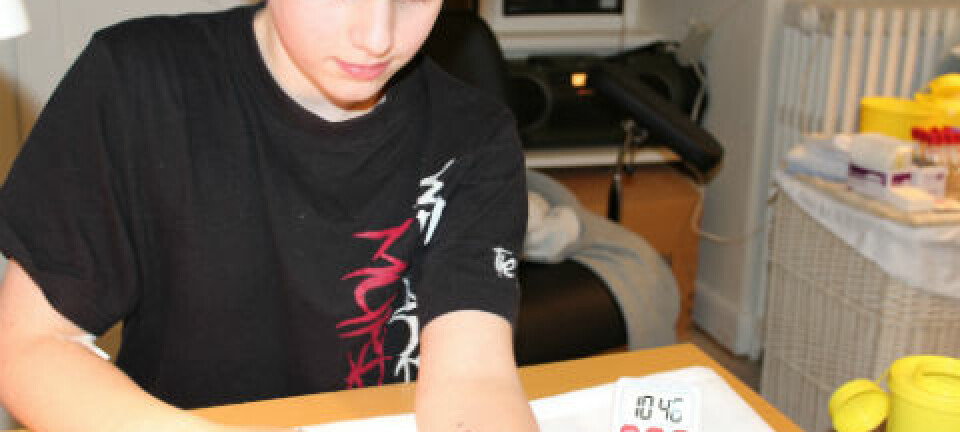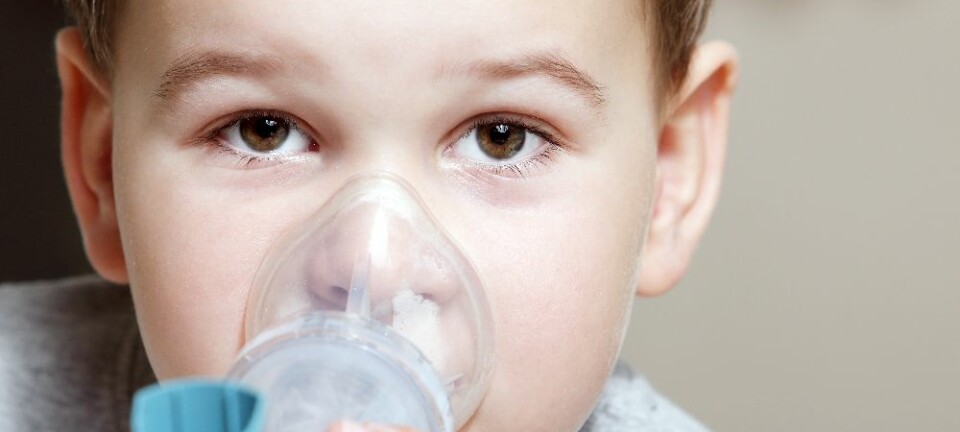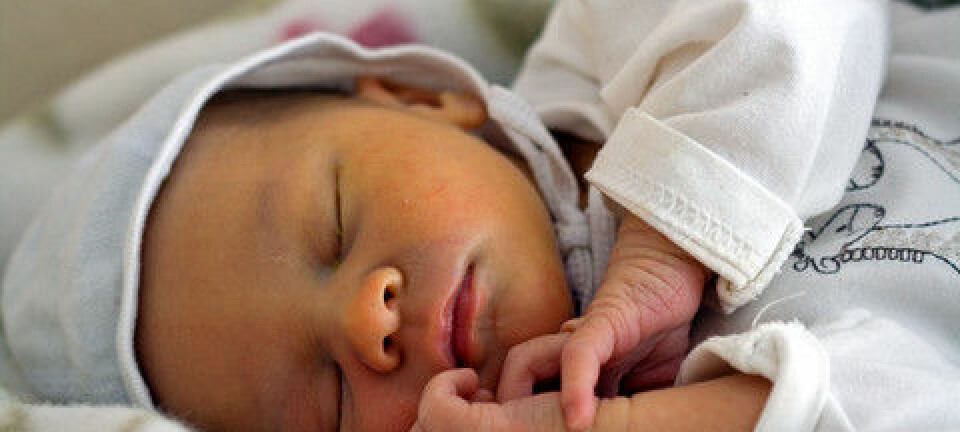
Mercury pollution robs EU kids of billions
Global mercury pollution affects children’s brain functions and thus also their odds of getting a low-salary job. The total annual loss of life earnings amounts to €9 billion.
The kids who are born in the EU each year could increase their total life earnings by €9 billion if we can reduce the global mercury pollution.
So concludes a new, Danish-led, European research project, published in the journal Environmental Health.
It’s well-documented that mercury impairs our brain function. But this is the first time that scientists have calculated what financial impact it has on the individual when a person’s brain function – in terms of a lower IQ, and thus also a poorer education and a lower income – is impaired as a result of mercury pollution.
“Our calculations show that every year a couple of hundred thousand children in the EU are born with mercury levels that exceed the maximum limit. That’s a total loss of 700,000 IQ points, and it adds up to a reduction of €9 billion in lifetime earnings for all the children who are born each year in the EU,” says Professor Philippe Grandjean, of Department of Environmental Medicine at the University of Southern Denmark, who had the overall responsibility for the research project, together with French economists.
Mercury readings from 17 European countries
Our calculations show that every year a couple of hundred thousand children in the EU are born with mercury levels that exceed the maximum limit. That’s a total loss of 700,000 IQ points, and it adds up to a reduction of €9 billion in lifetime earnings for all the children who are born each year in the EU.
Philippe Grandjean
The researchers assessed the extent to which children have been affected by the brain poison at the foetal stage based on measurements of mercury concentrations in the hair of young mothers. A total of 17 European countries supplied data for the study.
The measurements enabled the researchers to estimate that every year 232,000 children are born with mercury concentrations above the WHO’s maximum limit of 2.5 micrograms of mercury per gram of hair – a limit which in research circles is considered too high, as much as five times higher than the estimated safe limit of 0.58 micrograms of mercury per gram of hair.
According to the new study, 1,866,000 children are born in Europe every year, whose mercury levels are above the safe limit.
”This is a great problem because it threatens the brain power of the next generation,” says Grandjean. “It’s high time that we start considering whether we wish to risk our grandchildren’s brain functions so that we can continue our pollution.”
Upcoming agreement to reduce pollution
This is a great problem because it threatens the brain power of the next generation. It’s high time that we start considering whether we wish to risk our grandchildren’s brain functions so that we can continue our pollution.
Philippe Grandjean
He and his colleagues decided to assess the problem from a monetary perspective because they wanted to point out that it’s not simply a question of leaving the world in the same good condition as we inherited it. It’s just as much about giving our children the same good opportunities to pass on a good world that we had ourselves. And the better the brain can develop during foetal life, the greater the chance.
The severity of the problem will be highlighted when researchers and officials from around the world later this week will meet at an EU conference to negotiate an international agreement, which aims to reduce mercury pollution to a minimum.
“It starts on 13 January, and we’re hoping that a final agreement will be signed. The EU is currently regulating a portion of the mercury pollution. The pollution that takes place in Europe only makes up a small part of the global problem,” says Grandjean.
Reduction will take centuries
A large share of the mercury pollution takes place in developing countries, where huge amounts of mercury are used to leach gold from rocks and sediments from mining.
Every year, many tons of mercury end up in nature on this account. The greatest problem, however, is the combustion of coal, Chinese lignite in particular, which is particularly rich in mercury.
To stamp out the pollution, we need to invest far more in control technologies. But even if we succeed in doing so, it would take centuries to get the mercury pollution down to acceptable levels.
The harmful mercury disappears slowly from our environment, and a significant portion of the mercury we’re exposed to today dates all the way back to the beginning of industrialisation in the mid-1800s. Since then, the amount of harmful mercury in our environment has risen dramatically, so that today’s levels are about ten times higher than the natural levels.
”It’s incredibly important that we stop or limit the mercury emissions in the environment,” says the professor. “But even with a strict agreement it will take many years before we can reduce the pollution to natural levels.”
Eat from the bottom of the food chain
In the meantime, it’s important to eat from the bottom of the food chain. Instead of eating tuna steak and swordfish, we should eat shrimp, mussels, plaice, herring and salmon, which don’t contain as much mercury and which can easily meet our nutritional requirements.
”I hope that we can find agreement on a long-term strategy, which establishes some control of the pollution. In the meantime we must adapt, and pregnant women in particular should avoid eating from the top of the food chain – for the sake of the next generation’s IQ, health, career options and earnings.”
---------------------------
Read the Danish version of this article at videnskab.dk
Translated by: Dann Vinther









